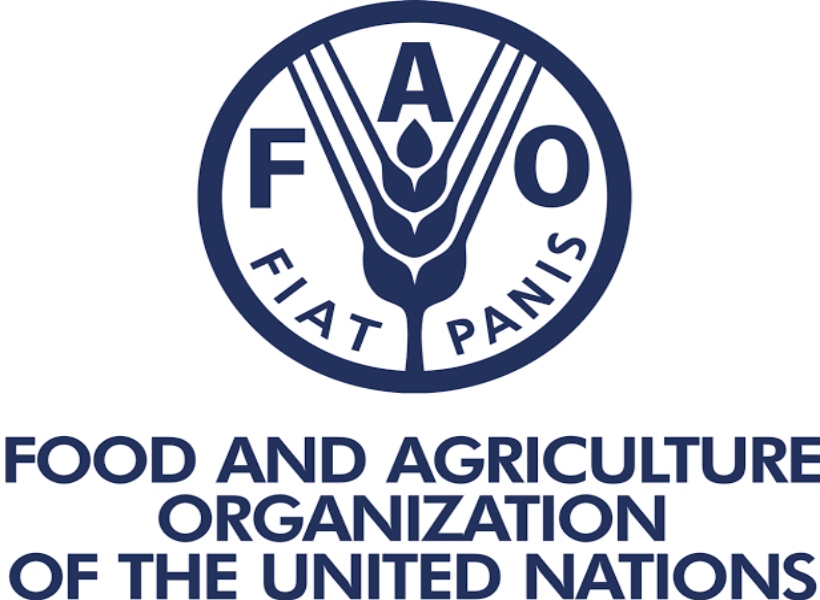The ongoing conflict in Ukraine could exacerbate the already COVID-19 fractured global supply chain, resulting in more increases in food prices, the United Nation (UN)’s Food and Agriculture Organisation (FAO) has said.
In a recent report, the FAO said that The Russian Federation and Ukraine are among the most important producers of agricultural commodities in the world. Both countries are net exporters of agricultural products, and they both play leading supply roles in global markets of foodstuffs and fertilisers.
Guyana Standard learned that the Russian Federation and Ukraine are ranked amongst the top global exporters of wheat, maize, rapeseed, sunflower seeds and sunflower oil. Russia also stood as the world’s top exporter of nitrogen fertilizers and the second leading supplier of both potassic and phosphorous fertilizers.
Many countries that are highly dependent on imported foodstuffs and fertilizers, including several that fall into the Least Developed Country (LDC) and Low-Income Food-Deficit Country (LIFDC) groups, rely on Ukrainian and Russian food supplies to meet their consumption needs. Many of these countries, already prior to the conflict, had been grappling with the negative effects of high international food and fertilizer prices due to COVID-19 effects on the supply chain.
Guyana is not immune to these aftershocks. President Dr Irfaan Ali, last year, noted that these ripple effects are being felt in Guyana, and his government moved to set freight charges to pre-pandemic levels, which resulted in importers and businesses collectively saving billions of dollars. However, concerns began to mount that these reliefs and other measures were not being passed on to consumers, despite the Vice-President, Dr Bharrat Jagdeo’s urgings.
The country continues to experience a steep increase in imported food products, and with the government pushing robust infrastructural and agriculture policies, it stands to reason that even more challenges loom regarding the importation of materials and equipment.
Two days ago, the National Milling Company of Guyana Inc (NAMILCO) increased the price of flour by 15 per cent with immediate effect. A statement from the company said that the increase is due to the conflict, noting that the price of wheat last Friday was 40% higher than it was on February 15, 2022, just three weeks ago.
It added that increases were also noticed in the cost of packaging, additives, and just recently, fuel.
“Consequently, we can no longer sustain our operations at our current flour price levels. Regrettably, with immediate effect, we must increase prices by 15% to ensure the continued supply of these important commodities,” A statement from the company said.
With the conflict, FAO’s simulations gauging the potential impacts of a sudden and steep reduction in grain and sunflower seed exports by Ukraine and Russia, indicate that these shortfalls could only be partially compensated by alternative origins during the 2022/23 marketing season.
However, it noted that the capacity of many of these origins to boost output and shipments may be limited by high production input costs. Worryingly, the resulting global supply gap could push up international food and feed prices by eight to 22 per cent above their already elevated levels.











